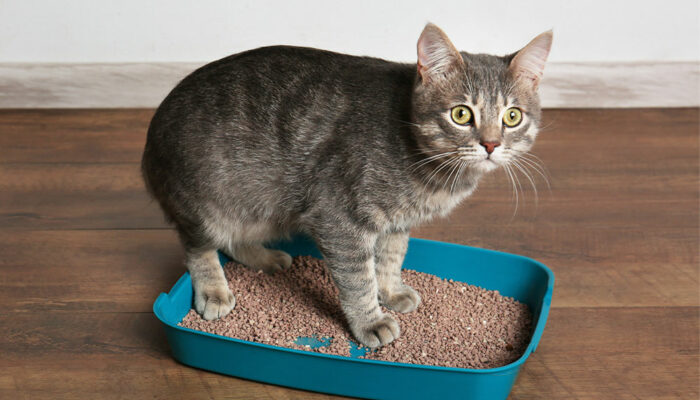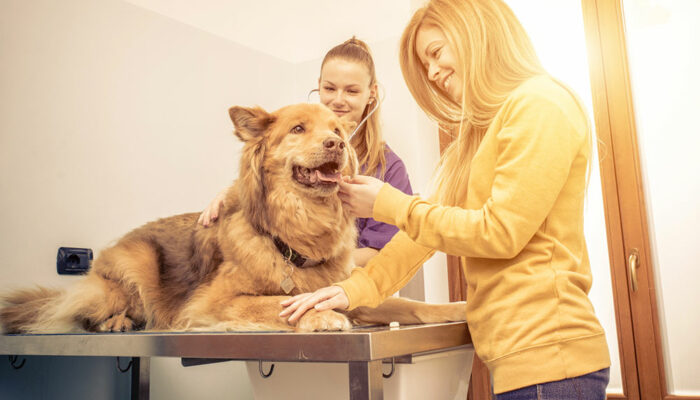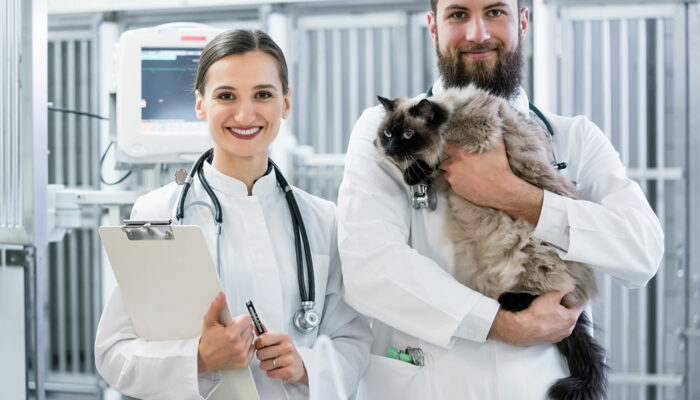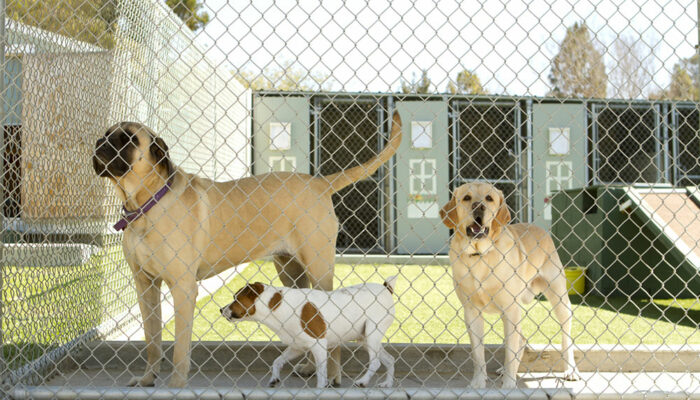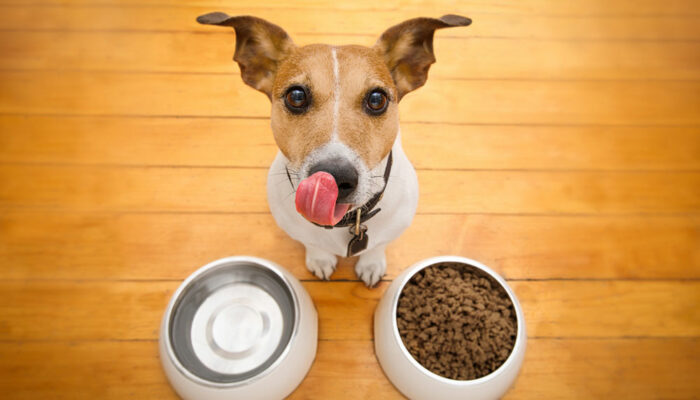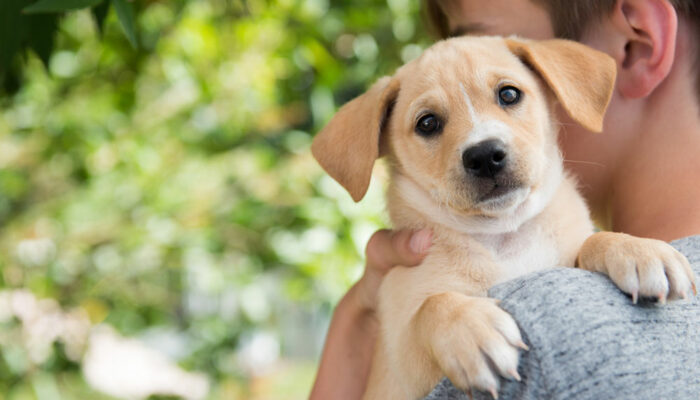pet
7 Human Foods That Are Safe for Cats to Enjoy
Our cats are more like family to us than mere pets. We love them, and they make us as happy as human children make their parents. No matter what people say, they’re undoubtedly the best! But all this said, caring for a cat is a big responsibility. You can feed your feline friend from your plate, but be cautious because some human foods are unhealthy for cats. Below, we’ve listed seven safe options to consider. Fish This is an easy one. You might know how much Garfield loves tuna, and your little kitty will be no different. Salmon, crab, tuna, and herring are fish you can eat and share with your pet. Fish have healthy omega-3 fatty acids, an essential nutrient for keeping cats healthy. Omega-3s are all the more important if your kitten is growing. But always ensure fish is well-cooked and not excessively seasoned. Uncooked fish has pathogens that affect you and can also be dangerous to cats. Oatmeal A lesser-discussed human food that’s cat-safe is oatmeal. This pasty food, a rich source of energy and vitamin B, could be a good breakfast option for you and your pet cat. But though oatmeal is ideal to start the day, not all felines like it.
Read More 
